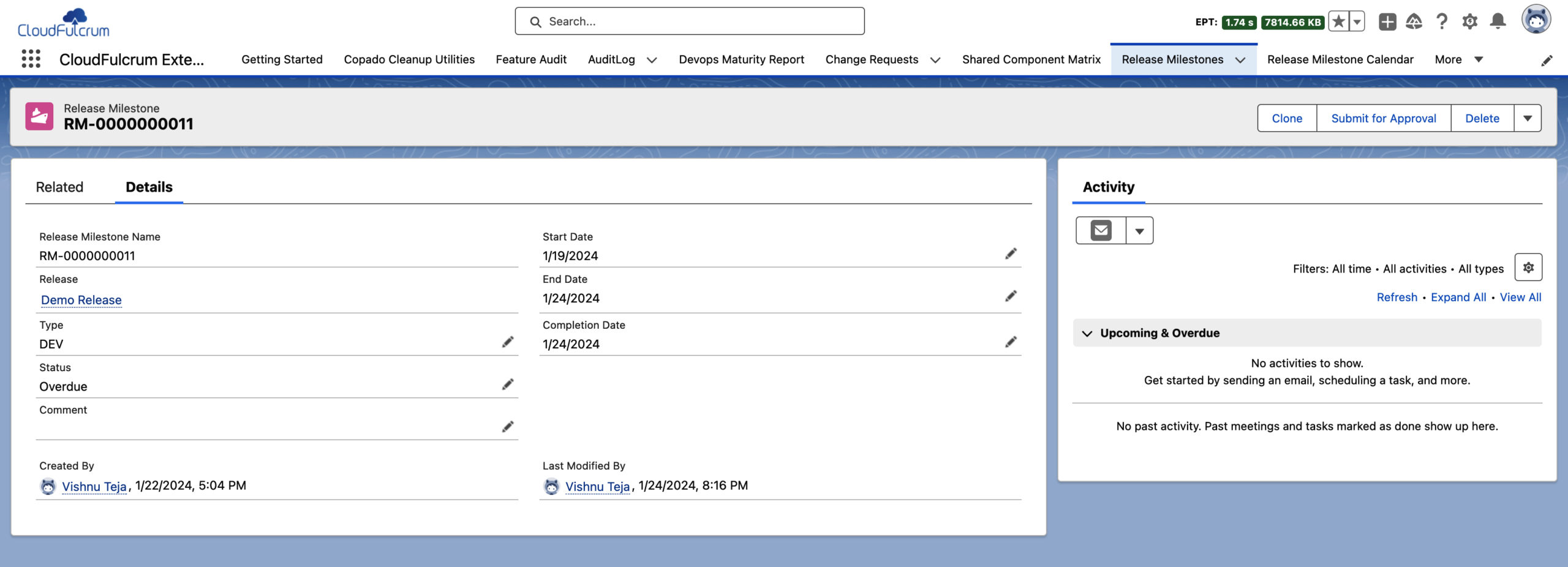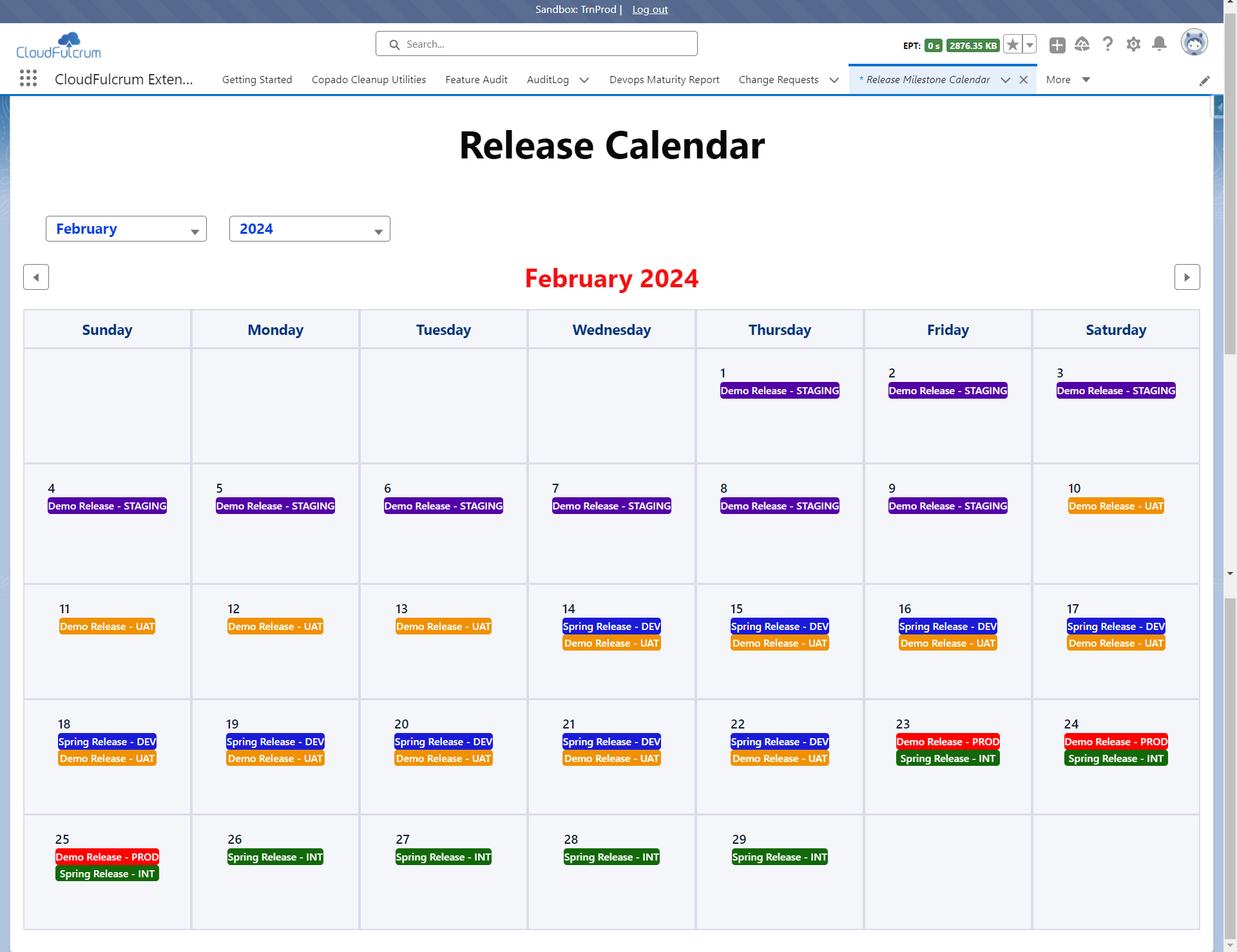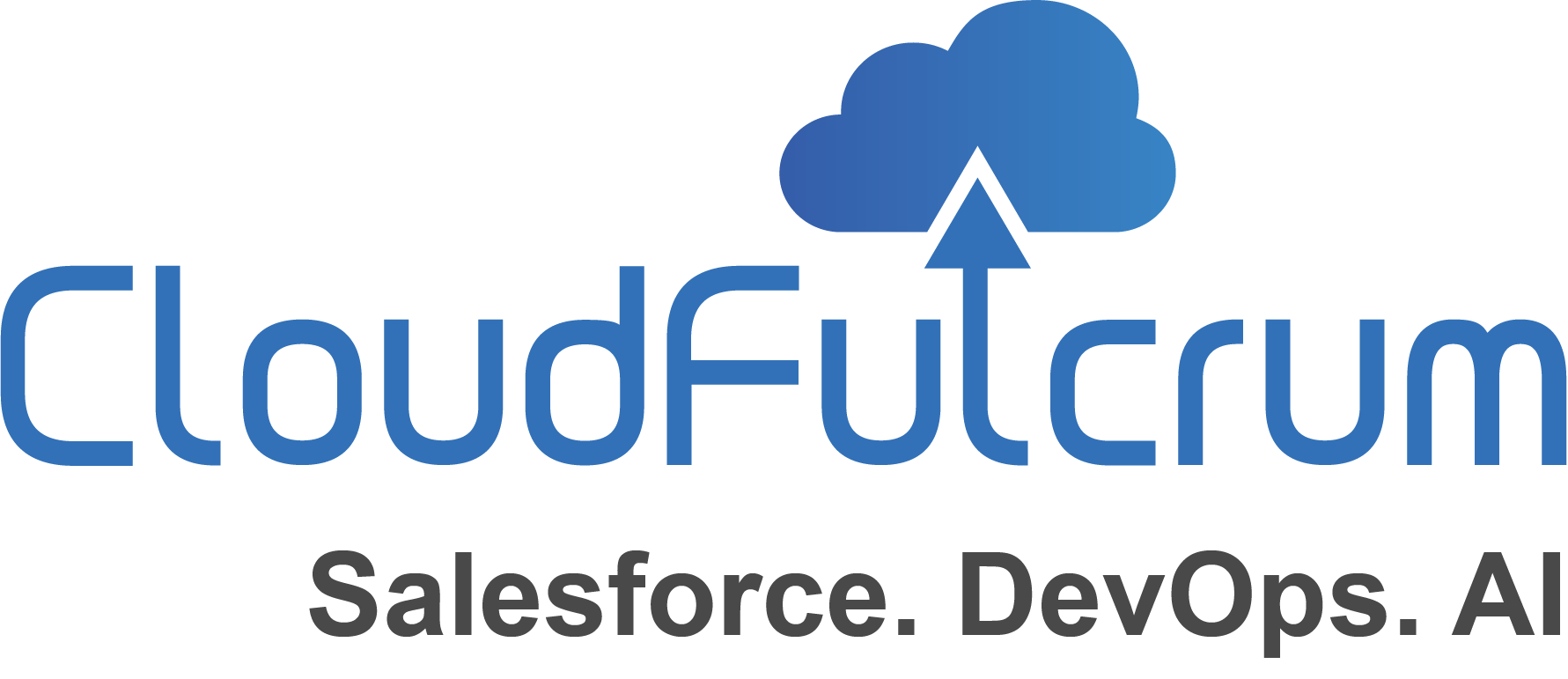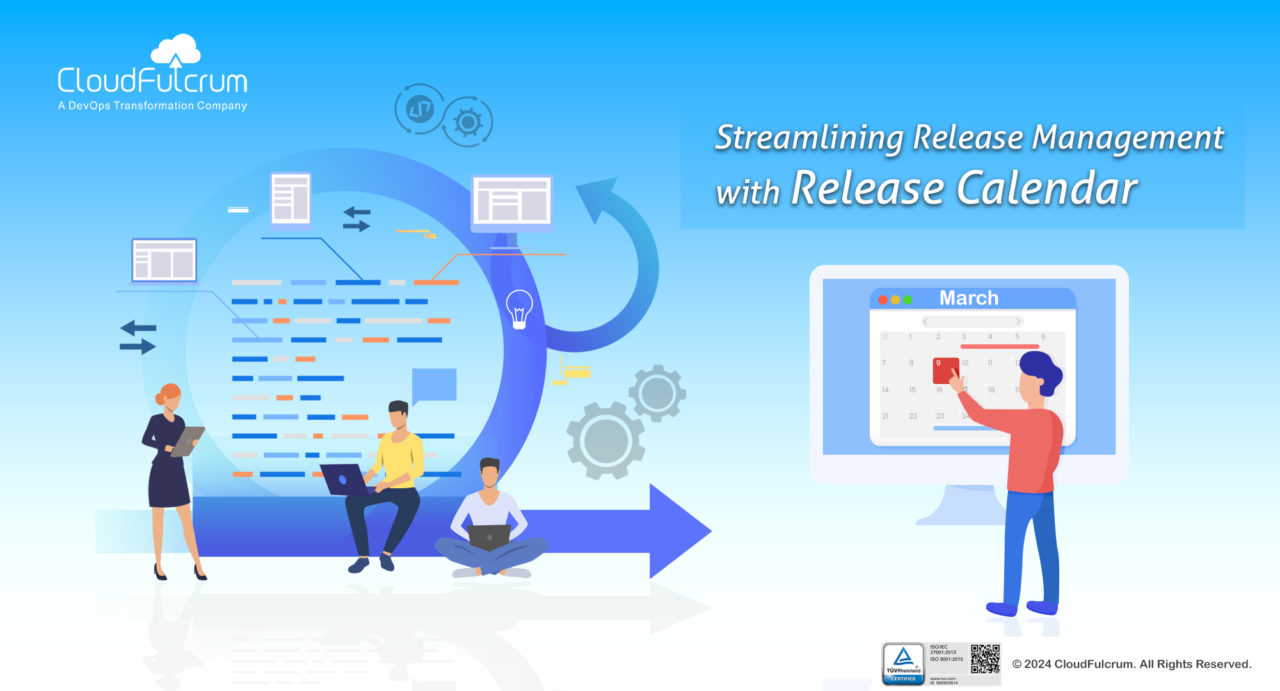Introduction
In the realm of software deployment, effective release management is crucial for ensuring smooth operations and timely delivery of updates. One key aspect of this process is the use of a release calendar, which helps teams organize and track various milestones associated with each release. Let’s delve into how release calendars work and their significance in the software development lifecycle.
Features of Release Calendar
1.Release Milestones:
Release milestone serves as a platform to specify milestone-related details such as start dates, end dates, and environment types for each release. By tagging these milestones with relevant information users can efficiently track progress.

2.Release Milestone Reports:
This report will provide the consolidated report of all Releases with Milestones. It provides visibility into the start and end dates for each environment type within a release. You can export this report in CSV or PDF formats and even share it via email, ensuring stakeholders stay informed about upcoming releases and associated timelines.

3.Release Milestone Calendar:
The release milestone calendar offers a visual representation of release milestones, facilitating easy navigation and comprehension of scheduled activities. By default, the calendar displays milestones for the current month, with options to navigate to past or future months as needed. Users can quickly identify milestones tagged for specific environments and track their progress over time. Additionally, overdue milestones are automatically flagged based on comparison with current dates, streamlining the identification of potential delays.

4.Status Tracking and Classification:
An essential aspect of the release calendar is the ability to track the status of milestones, categorizing them as overdue, in progress, or not started. This status is determined based on the comparison of milestone dates with the current date. For instance, if a milestone’s start date has passed, it is marked as “in progress,” while milestones with end dates that have elapsed are flagged as “overdue.” This classification enables teams to prioritize and address pending tasks effectively.
![]()
Benefits of Release Calendar:

Conclusion
In summary, the release calendar serves as a vital tool for orchestrating and monitoring release activities, ensuring alignment with project timelines and facilitating seamless collaboration among team members. By leveraging release milestones and associated reports, organizations can enhance their release management processes and deliver high-quality software products efficiently. If you would like to know how CloudFulcrum can help your organization, feel free to contact us or email us at support@www.cloudfulcrum.com

